
Today there are thousands of different pocket knives on the market, made from various materials and built with numerous opening and locking mechanisms. While the popularity of pocket knives has grown significantly in the last few decades, these handy tools have humble origins in ancient history!
In this article we will discuss the early history of pocket knives, as well as some of the significant breakthroughs in technology and design that have led us to the amazing knives we have today.
Pocket Knives in Ancient History

While it is impossible to truly know when the first folding knife was made, archeological evidence places the first known folding knives in Iron Age Europe dating back to 600 BCE. These early folding knives were crude and simply built, lacking any kind of locking mechanism or spring to hold them open or shut. These early knives were the simplest form of friction folder - a style of knife that is still made today.
This simplistic design carried through for a very long time. While material advances were seen in Roman and Viking-era folding knives, the internal mechanisms were largely the same.
The only notable advance during the early days of pocket knives was the extended tang, which is used to aid in opening the knife and gives the user's hand extra grip to prevent the knife from closing. This is a feature we still see today in modern knives such as the Woods Monkey Banana Peel.
Early Locking Pocket Knives

Pocket knife design remained largely unchanged for nearly 2000 years, but there was a significant breakthrough that gave them increased functionality and popularity. Sometime in the mid 1600s the first slip joint knife was created in England, which employs a spring to help hold the knife in the open position.
These early slip joint knives were enjoyed largely by scholars and business owners who used them to help trim their writing implements, dubbing them "penknives". Slipjoint knives were also used as weapons in many areas due to restrictions on carrying swords and fixed-blade knives, and even by criminals due to the ease of concealment.
In the late 1700s/early 1800s we see the first spring-loaded switchblades being produced in England, as well as the earliest examples of the infamous Italian Stiletto knives. We also see some of the first butterfly-style knives being produced in France, though it is possible that the design originated in the Philippines.
The slip joint knife enjoyed a tremendous amount of popularity and led to the creation of the world's first multi-tool - the Swiss Army Knife. Victorinox was founded in 1884 and the patent for the first Swiss Army Knife was issued in 1891. Around the same time, Joseph Opinel was creating the first Opinel knives, which would receive their famous locking mechanism years later in 1955.
United States Leads Pocket Knife Innovation

By the mid-1900s the United States became the leader in pocket knife design and innovation.
In the 1960s Buck Knives released the modern back lock in the iconic Buck 110 Hunter. This is widely considered the first mass-produced, affordable, and strong modern lock-back knife, and it is a design that is still among the most popular knives today.
The first modern OTF Automatic Knives were also seen in the 1960s.
In the 1980s we see the first Spyderco knives with the introduction of two immensely popular features: the pocket clip and the iconic “Spydie Hole”, a departure from traditional and cumbersome nail knick opening methods.
In 1988 we see the first Axis Lock from Benchmade, and in the early 90s Bob Terzuola coined the term "tactical folder" and brought refinement and popularity to the relatively unknown liner lock systems.
The 90’s also brought design innovations to OTF automatics, and we see the prototypes from Microtech in 1993. From this point on, the popularity of pocket knives and the drive for innovation quite simply explodes.
The State of Pocket Knives Today

Today we are looking at what many people consider to be the "Golden Age" of pocket knives. There are hundreds (if not thousands) of knife companies, and tens of thousands of knives for consumers to choose from.
Many of the early innovators in modern knife design, such as Victorinox, Opinel, Buck, Spyderco, and Benchmade are still actively producing new products and modernizing classic designs.
There are dozens of common locking mechanisms and opening styles, knives designed as workhorses, knives prized by collectors, and even knives designed for the sole purpose of being art. Once expensive materials such as G10, micarta, aluminum, and titanium have become commonplace in just about every price range of knife, which gives knife users and collectors many options. Even more exotic materials, such as Timascus, are on the market for the discerning collector.
Knife enthusiasts have long enjoyed knife-specific publications that have existed in the form of magazines, and later internet-based websites and forums, yet in recent years pocket knife ownership and collecting have become so mainstream that even Forbes has published articles about pocket knives. Also, Blade Show has expanded beyond just a single event, and now has several annual events all around the country.
All in all it is a great time to be a knife user, collector, and enthusiast! With so many options, new innovations in design, and even a plethora of steels specifically designed for pocket knives, there is sure to be one, two, or a dozen knives that speak to you!
No matter if you carry a modern or classic pocket knife you can ensure a prolonged life for your pocket knives by reducing the wear on moving parts with KPL's line of knife lubricants, and keep your blades clean and rust-free with Knife Shield. Use code "BLACKFLAG" at checkout for 10% off your order!


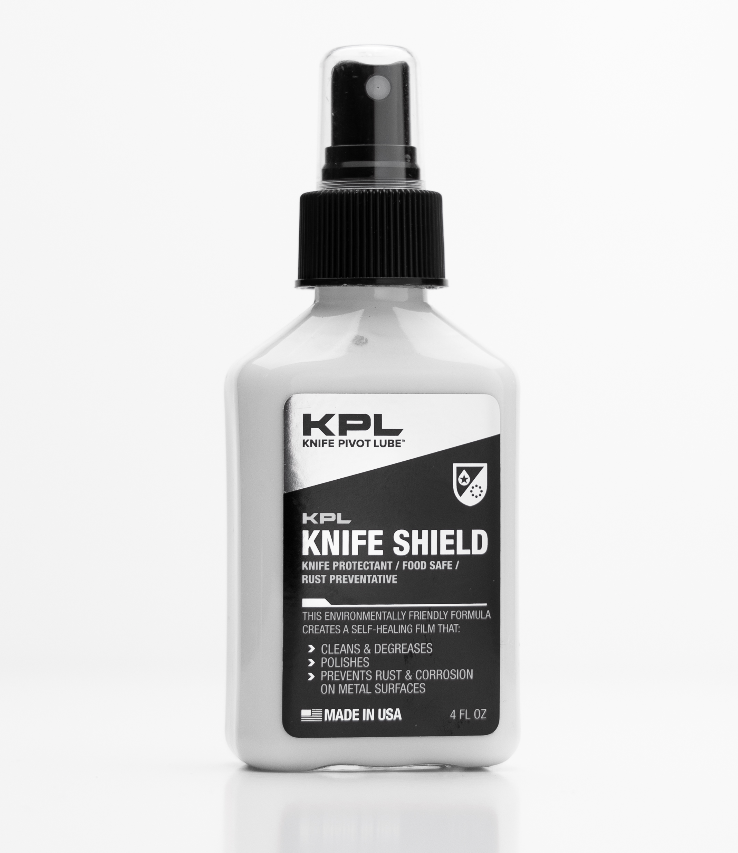
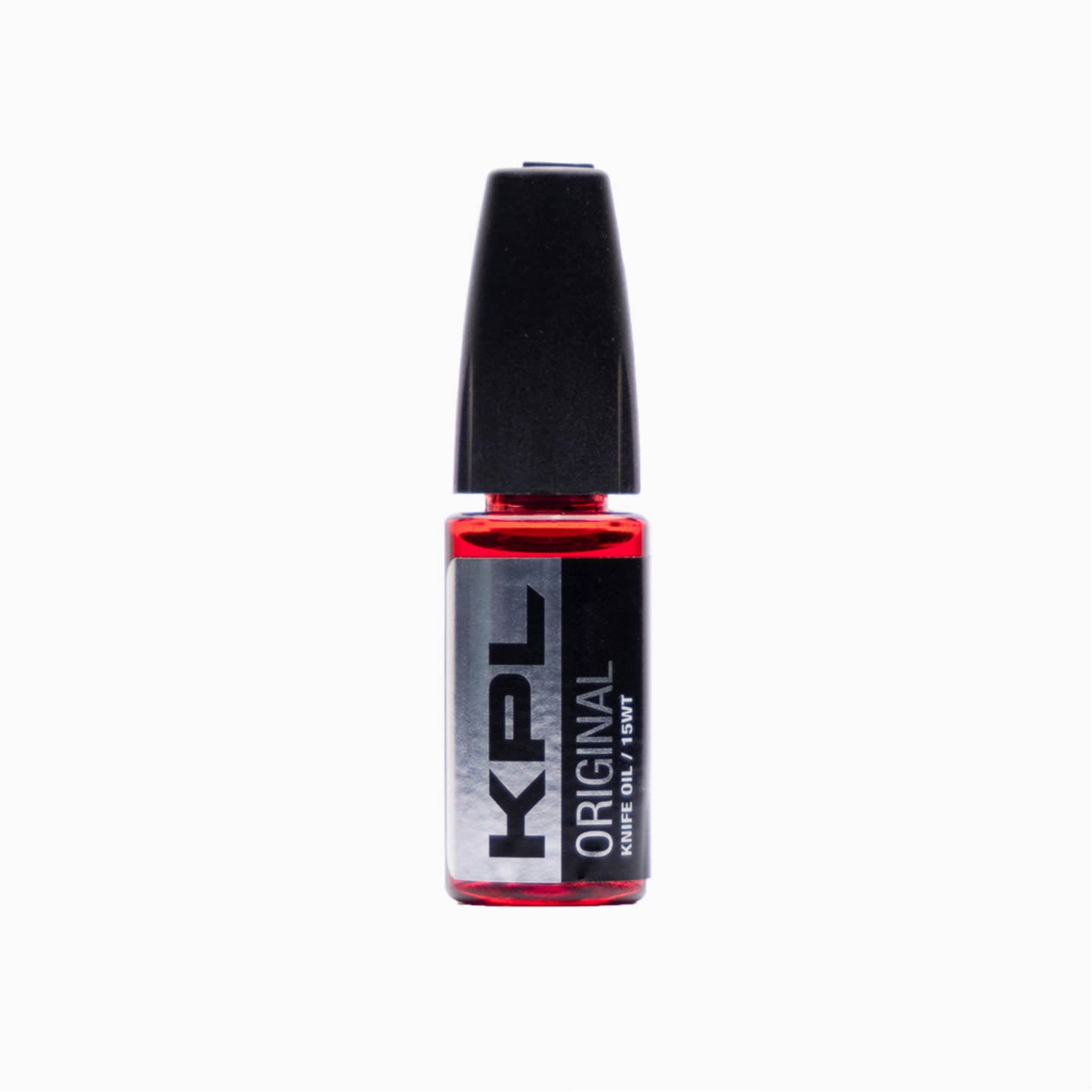

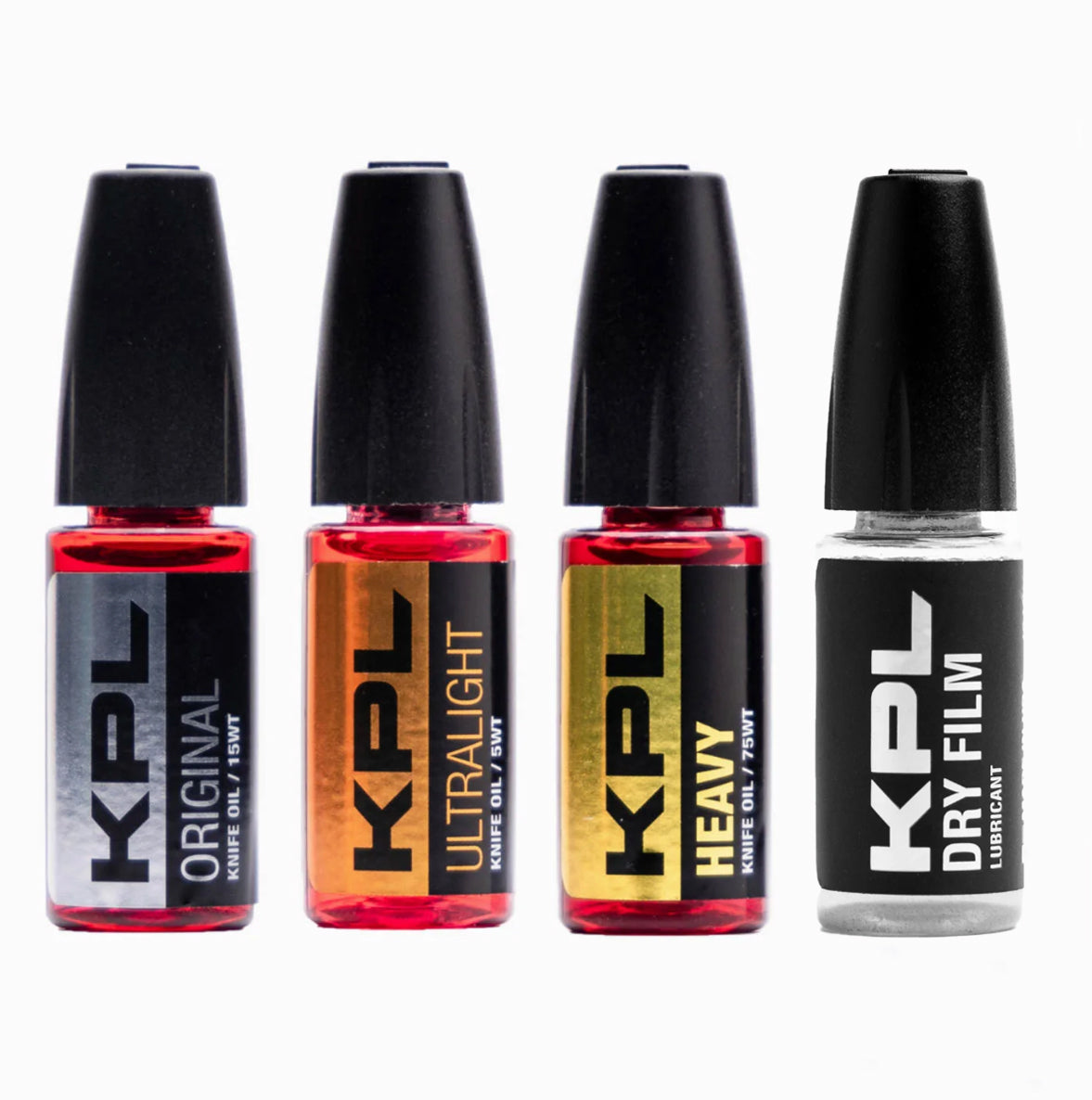
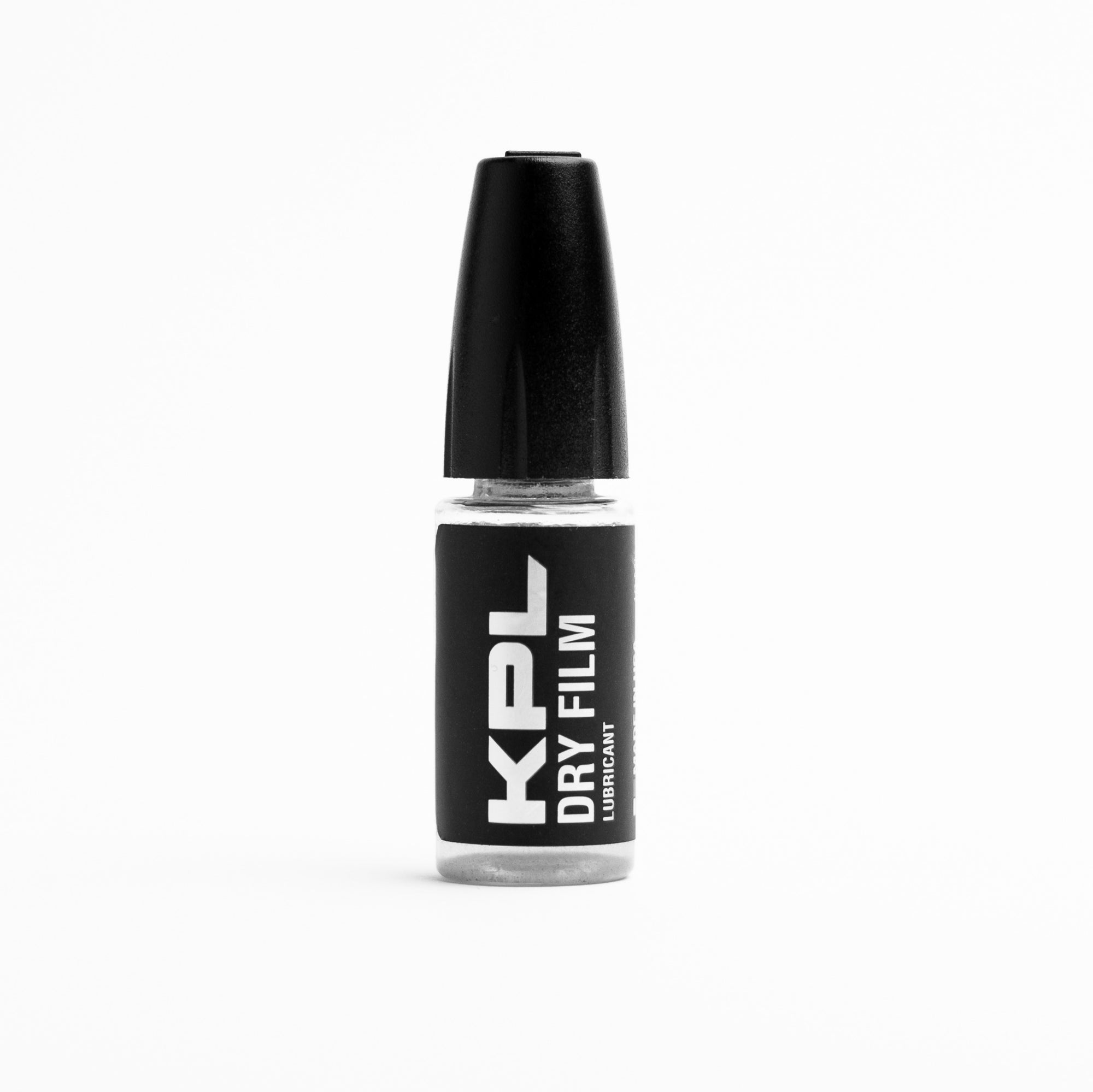
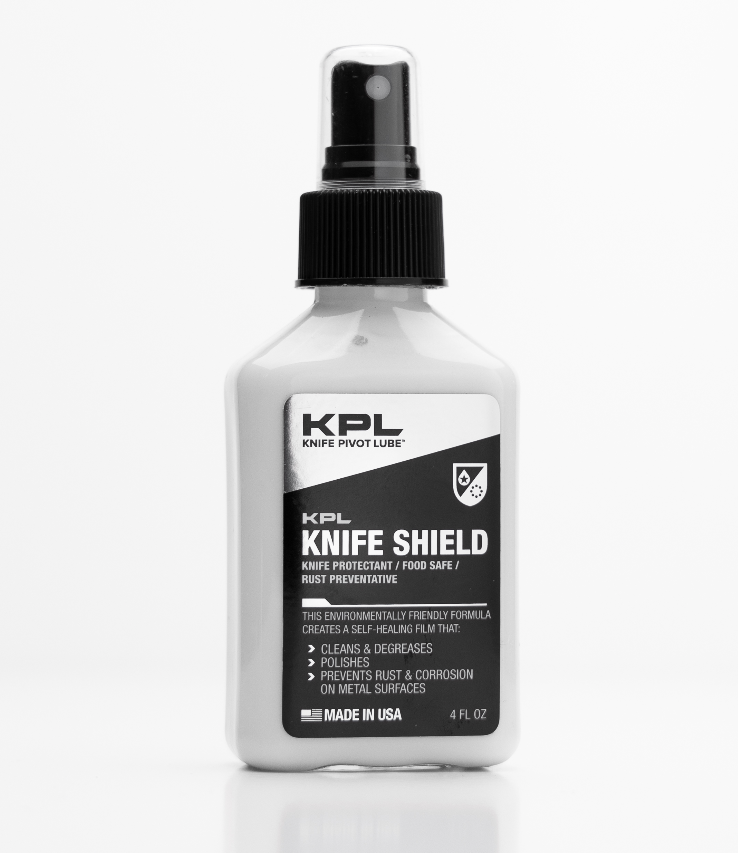
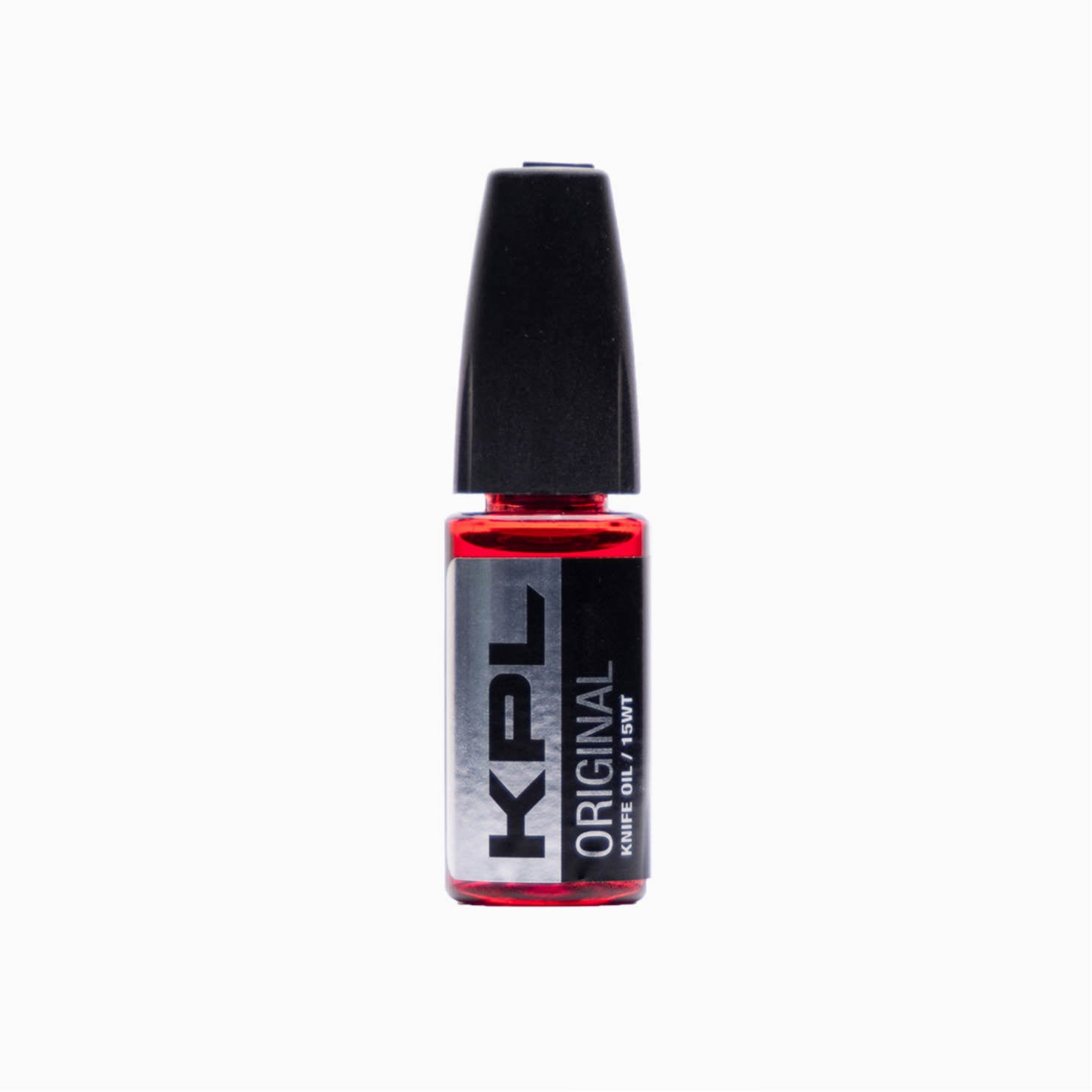
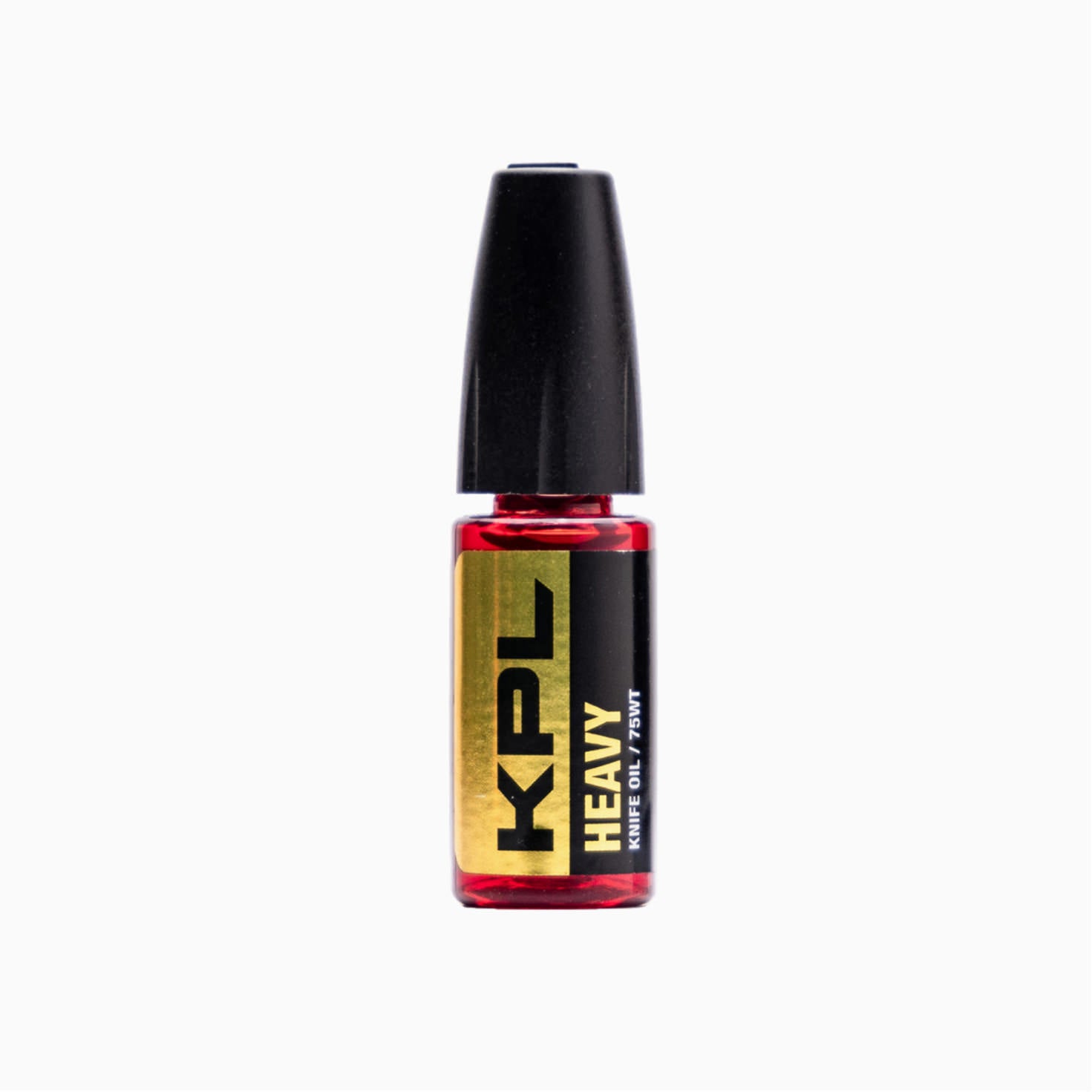
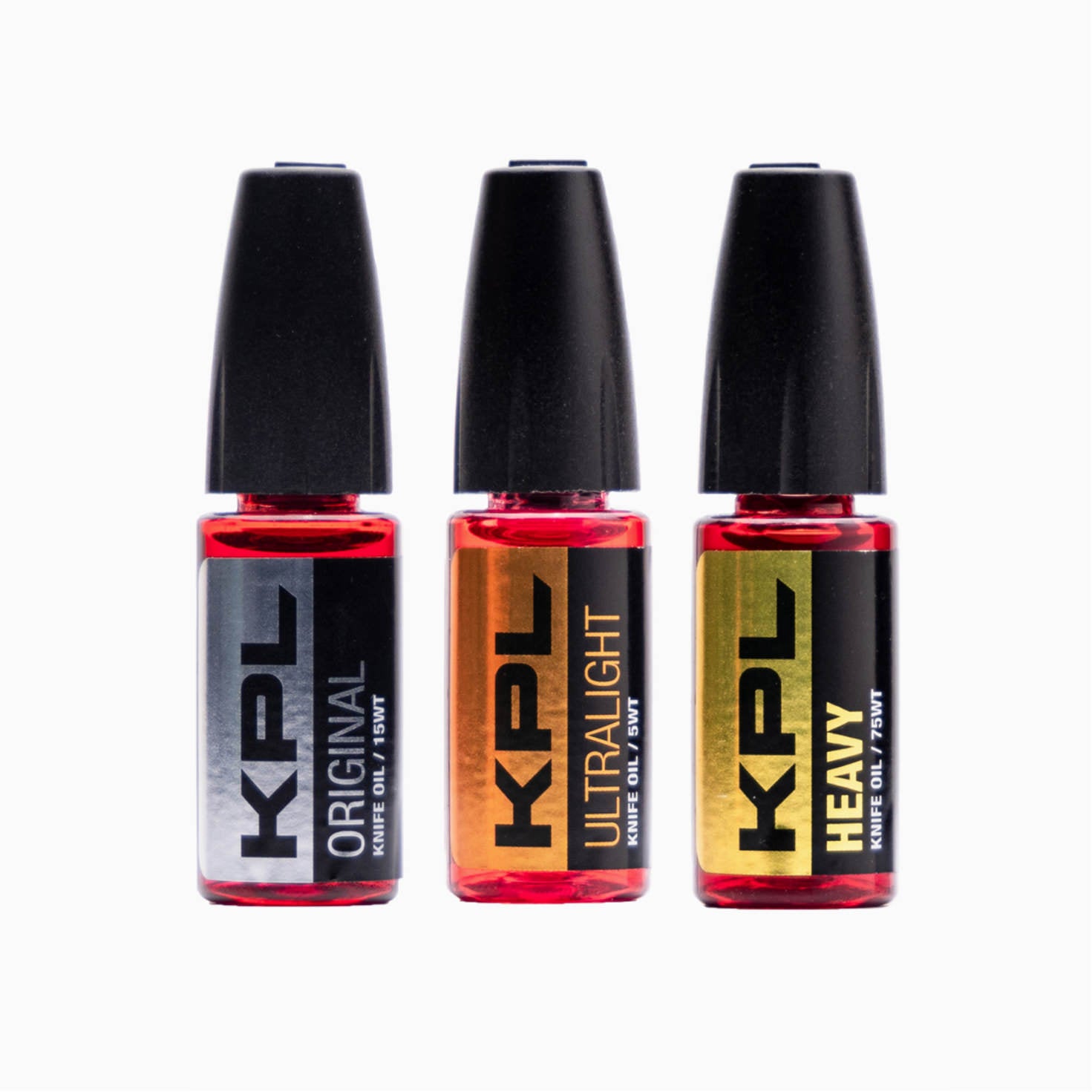
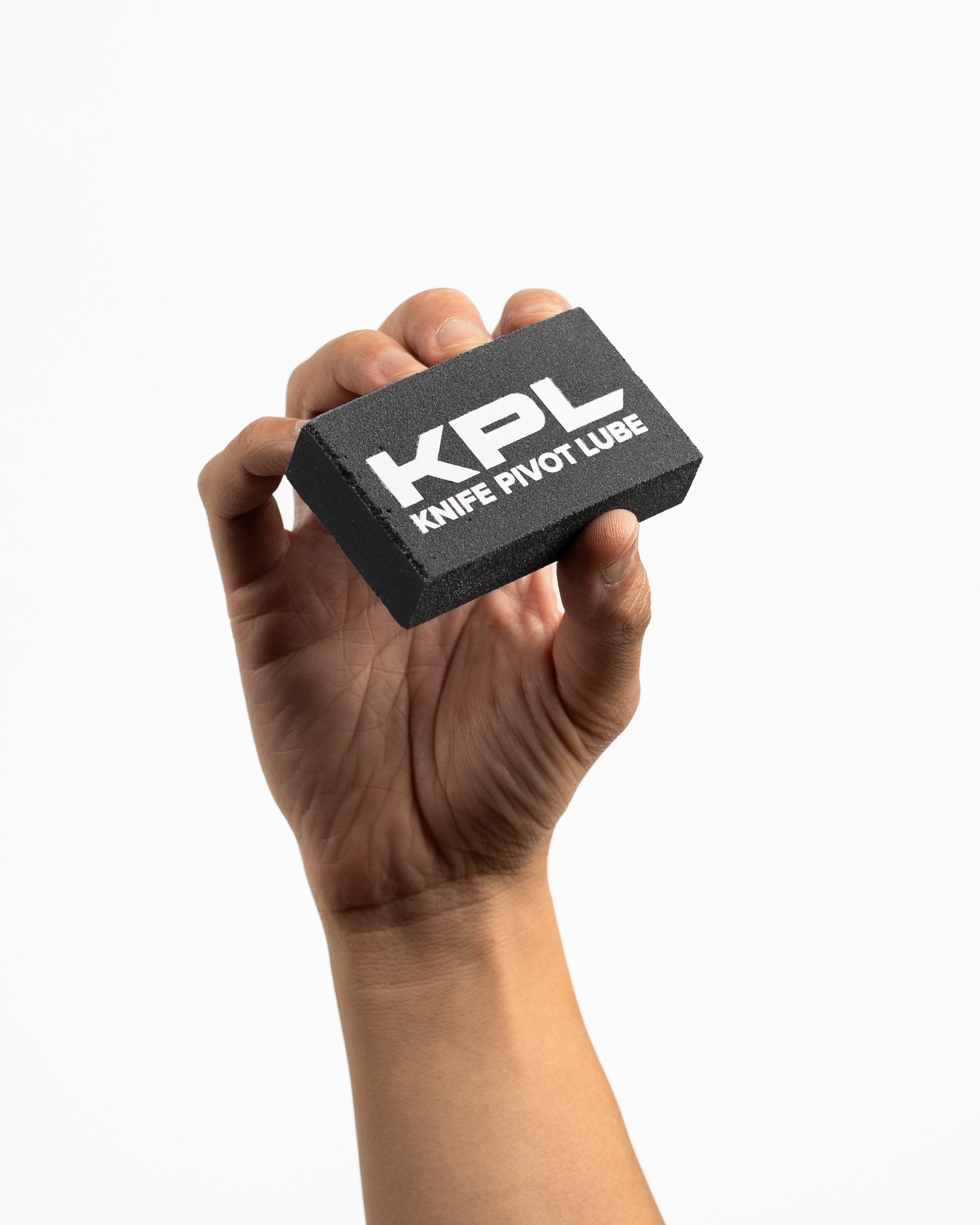
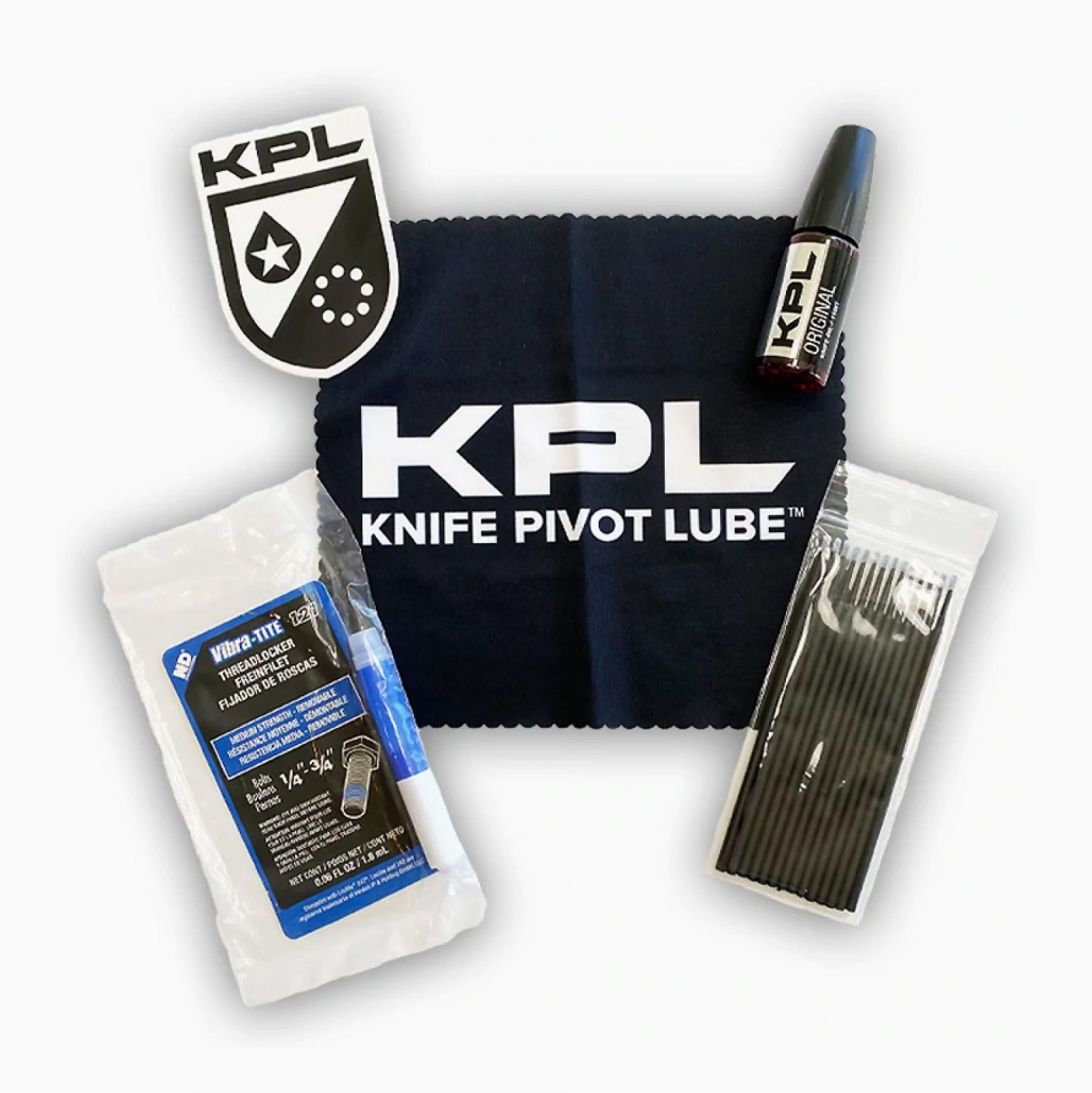
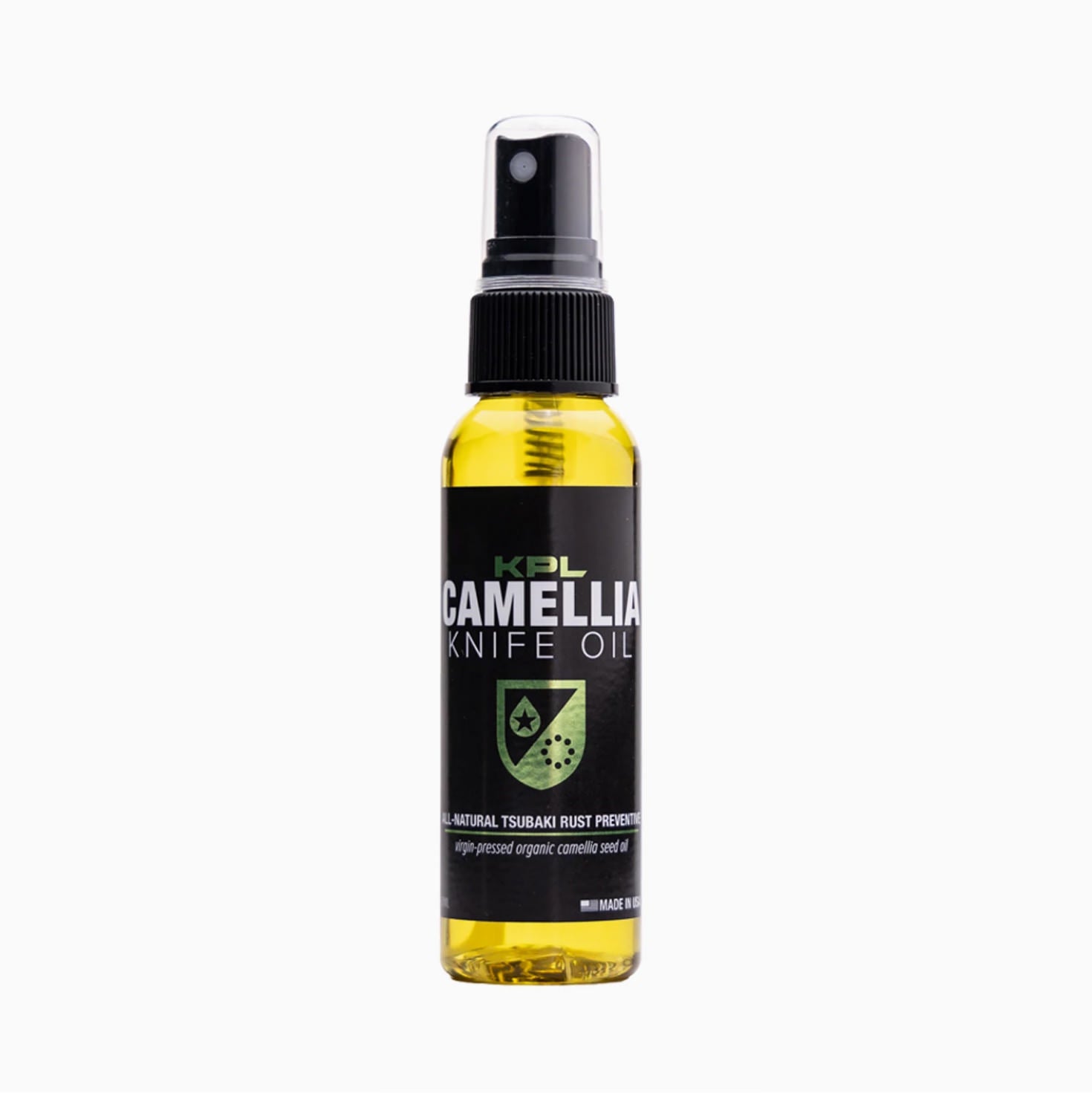


Comments
Ed said:
As my Dad (a country boy and a paratrooper) always said " A mans always got to carry a knife"
Ed said:
As my Dad (a country boy and a paratrooper) always said " A mans always got to carry a knife"
Peter said:
Since I was seven I have carried a pen knife even at school (I’m 90 so school was a long time ago). The slipjoint for me is generally prettier than the modern folder and certainly more nostalgic. And as helpful as the pocket clip is it ruins the ethetics.
Mike said:
I’m an older guy. When I was about 5 years old my father took a single blade Barlow pocket knife, broke the tip off, dulled it and gave it to to me. He told me to get used to carrying it in my pocket. He said a gentleman always has a knife in his pocket. If you were to ask my dad if he had a knife he would reply “I’ve got my pants on don’t I?”